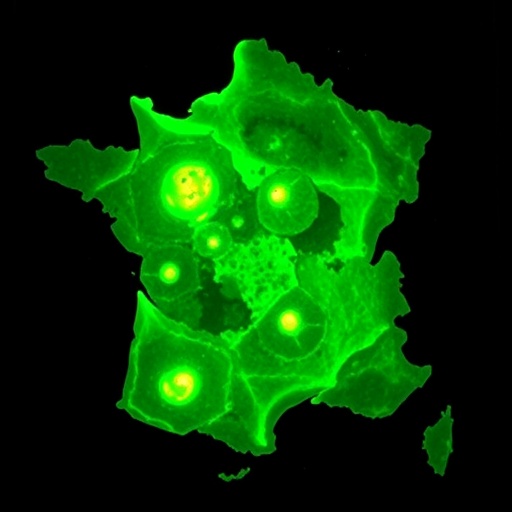Throughout the history of mankind, an anthropomorphic figure transcends time and distance to appear repeatedly and consistently wherever man resides. Ra, Tonatiuh, Sol Invictus, Taiyang Shen, and Helios are some of the names, and consequently boundaries, that personify the imperfect human desire to understand and capture the most brilliant star in our skies. As our collective knowledge advanced, we learned that the Sun is a main sequence star and thus generates its energy by nuclear fusion of hydrogen nuclei into helium. We have also learned that fusion produces energy many times greater than nuclear fission.
As the ramifications of climate change and depleting fossil fuels threaten to engulf mankind with a veil fit for dystopian fiction, scientists all over the world have endeavored to produce a source of clean, sustainable, and plentiful energy. And to this end, nuclear fusion is the fulcrum of the solar deities of the past when stripped of all cultural peripheries, with the potential to satiate mankind's need of energy.
The leading candidate for a practical fusion reactor is the tokamak reactor that harnesses the power of the Sun here on Earth via magnetic confinement fusion which uses magnetic fields to confine the millions of degrees hot fusion fuel in plasma form. However, akin to squeezing a balloon until it bursts, the toroidal magnetized plasma constrained within the tokamak develops instabilities along the outer edges. The resulting flux of energy and particles released by the 'burst' or pedestal collapse can severely damage the strike points on the plasma facing components of the tokamak. Scientists are currently striving to understand and control the crashes as it is a critical issue for the successful operation of the International Thermonuclear Experimental Reactor (ITER) and other future fusion reactors.
Research conducted by Professor Gunsu S. Yun's team from the Department of Physics and Division of Advanced Nuclear Engineering at Pohang University of Science and Technology in collaboration with research teams from Ulsan National Institute of Science and Technology and the National Fusion Research Institute has made great contributions to solving this mystery by observing solitary perturbation (SP) structures within microseconds from the onset of the pedestal erosion, suggesting a strong correlation between SP generation and the pedestal collapse. This achievement has been published in the world-renowned Scientific Reports.
The team utilized data from the electron cyclotron emission imaging (ECEI) system and the toroidal Mirnov coil array on the KSTAR, or Korea Superconducting Tokamak Advanced Research, and discovered a distinctly different phenomenon than the commonly observed quasi-stable edge-localized filamentary modes (QSMs). The team routinely observed QSMs and their complex structural transitions without crashes on the KSTAR which suggested that QSMs are not directly correlated to the crash.
Professor Yun anticipates that the research team's new observation provides solid experimental data to identify the governing equations for the mechanisms behind SP generation and pedestal collapse. He also anticipates that the SPs in the plasma boundary layer may also provide general interest as a strong nonlinear boundary phenomenon.
###
This work was supported by the National Research Foundation of Korea (grant no. NRF-2014M1A7A1A03029881), BK21+ program, and the Max Planck POSTECH/KOREA Research Initiative Program (grant no. 2016K1A4A4A01922028).
Media Contact
Ms. YunMee Jung
[email protected]
82-542-792-417
############
Story Source: Materials provided by Scienmag




